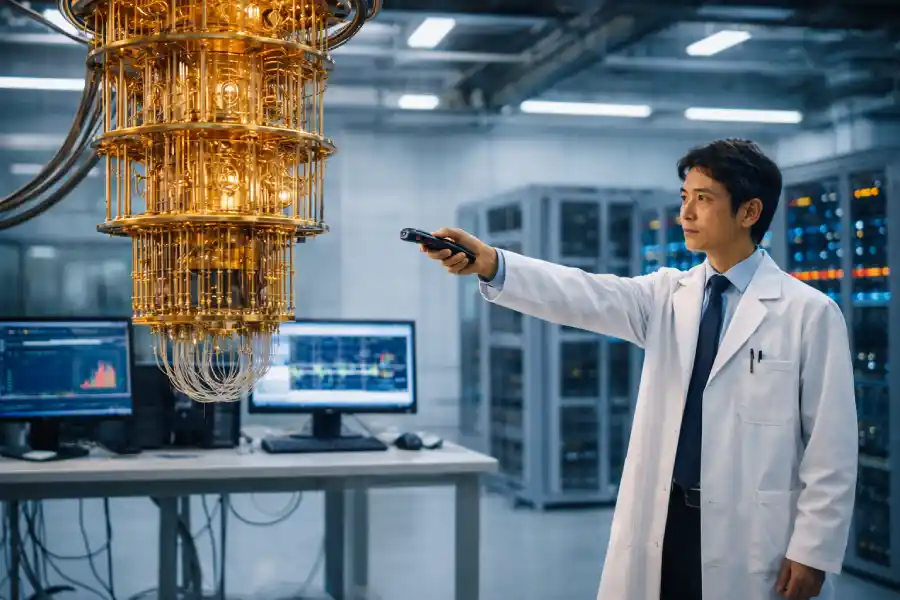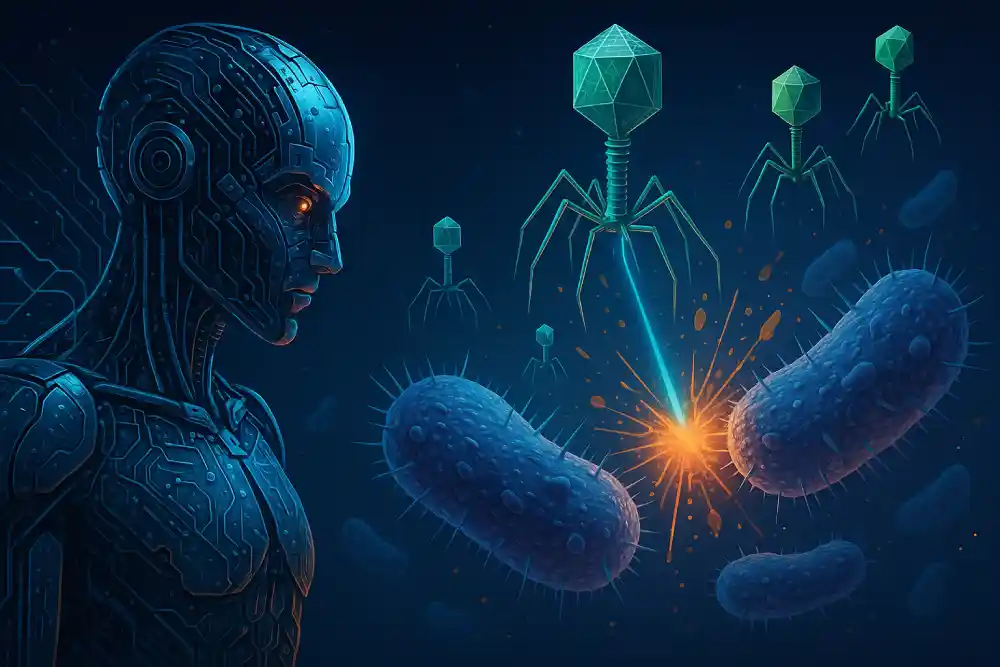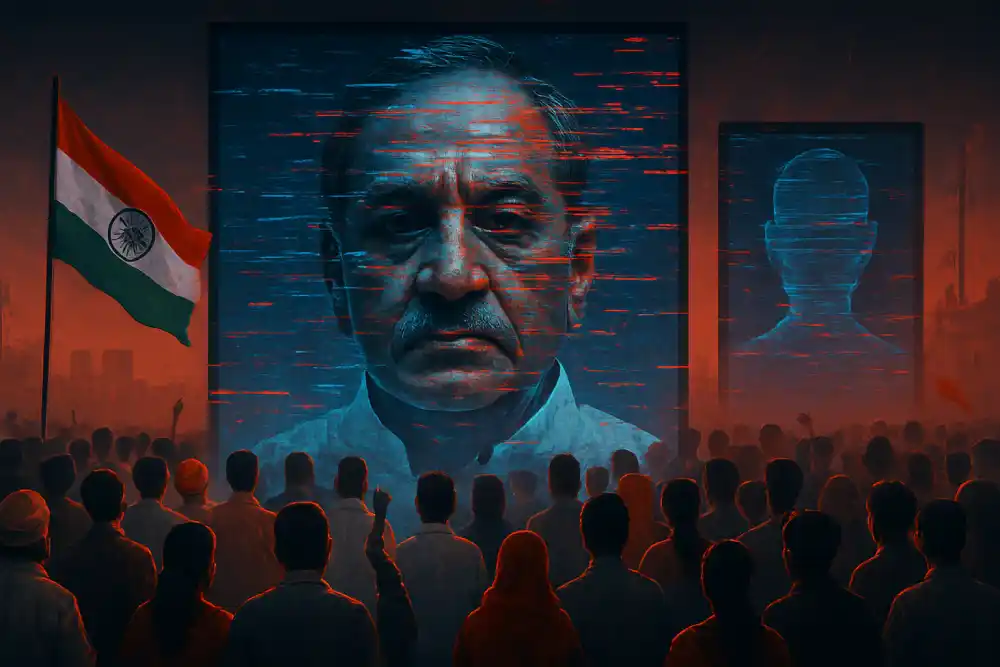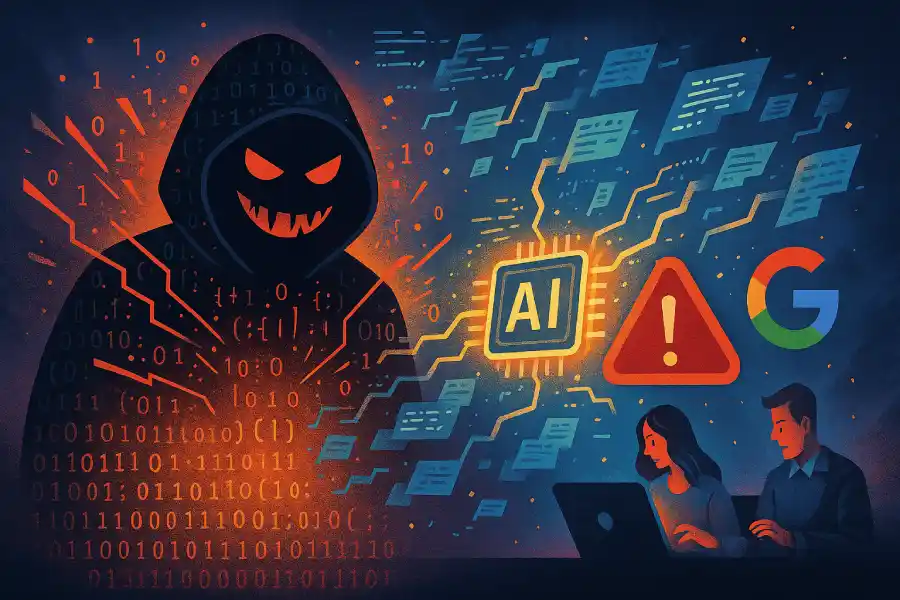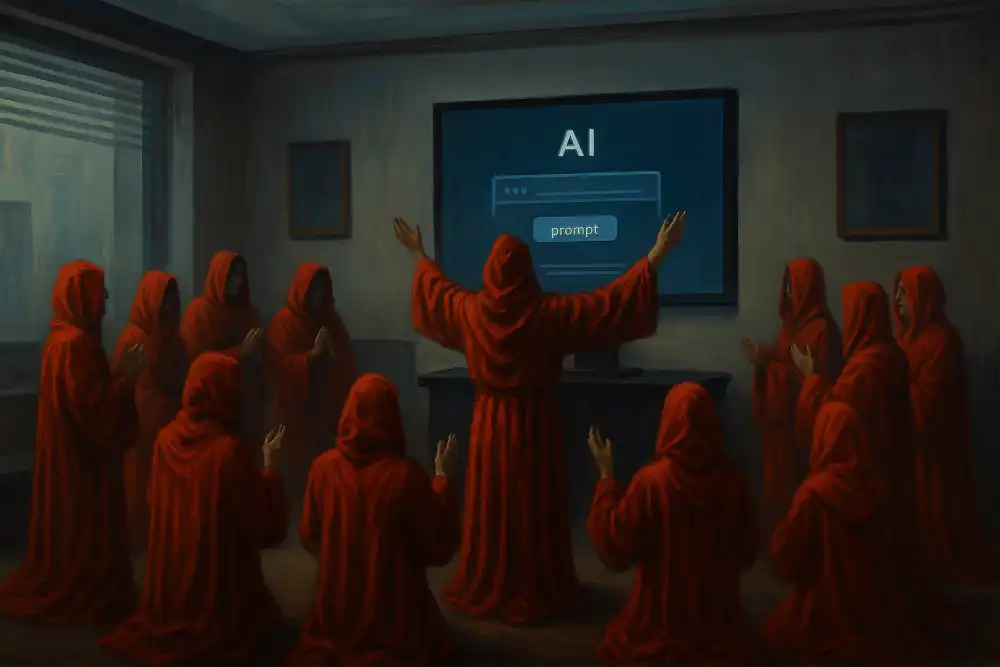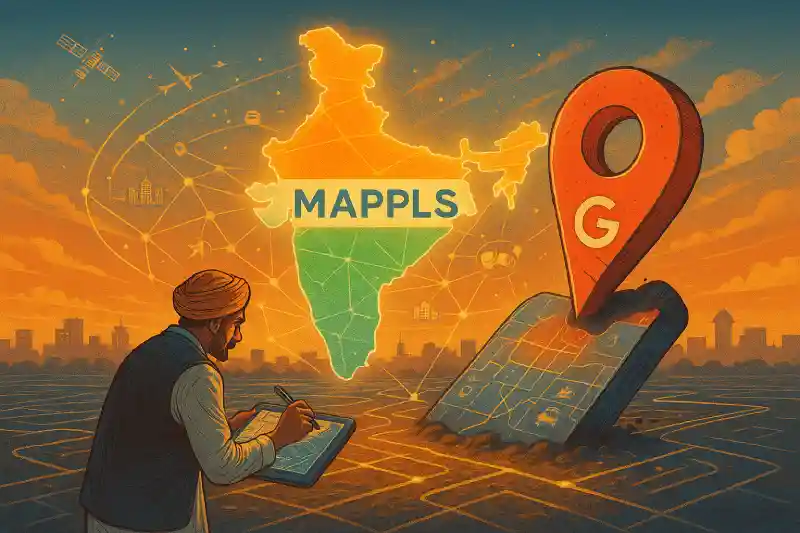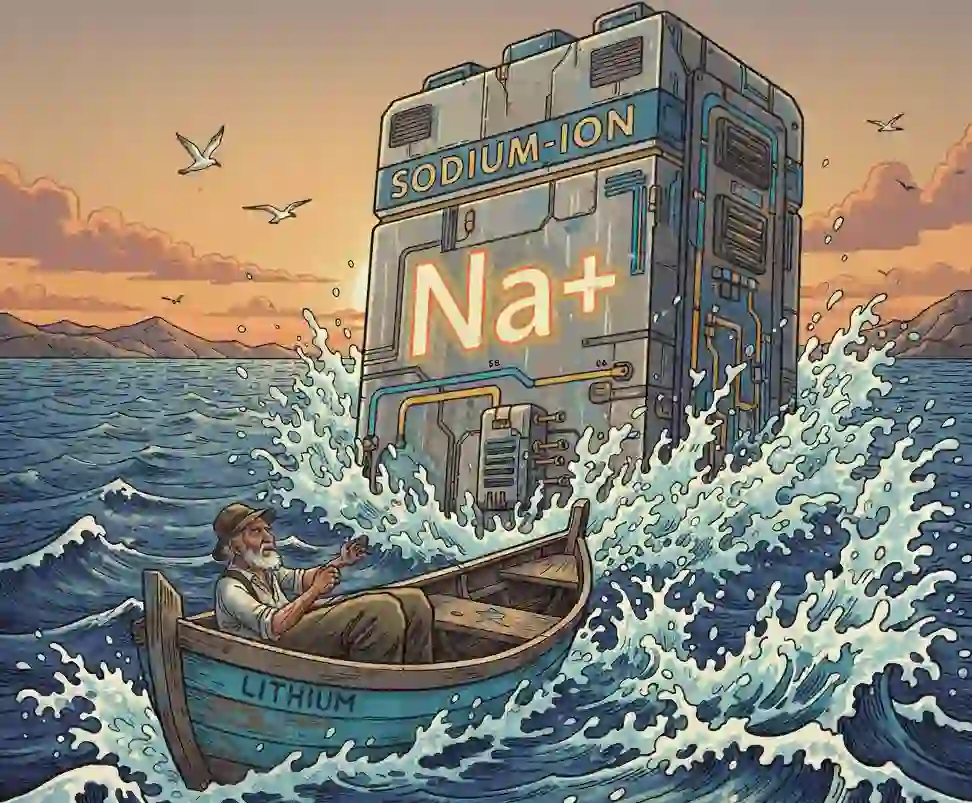Author: Nigel Pereira
With a background in Linux system administration, Nigel Pereira began his career with Symantec Antivirus Tech Support. He has now been a technology journalist for over 6 years and his interests lie in Cloud Computing, DevOps, AI, and enterprise technologies.
Japan has put a real ion-trap quantum device online, making it accessible through the cloud Japan has taken a practical step toward remote quantum computing by placing an ion-trap qubit system online and making it accessible through cloud infrastructure. Researchers at Osaka University, working through the university’s Center for Quantum Information and Quantum Biology (QIQB), announced that a trapped-ion quantum device can now be operated remotely without physical access to the laboratory. Ion-trap systems differ from more familiar superconducting quantum computers in that they use individual charged atoms held in place by electromagnetic fields, rather than fabricated circuits. These atoms…
People are paying to “dose” their chatbots with drug-themed code, apparently without breaking safeguards. Is it art, satire, or a warning sign? We recently covered a story on the rise of AI cults. Now, a new online experiment is drawing attention for mixing AI with another very human phenomena, getting high! That’s right, an online marketplace called Pharmaicy is selling downloadable code modules designed to alter the behavior of AI chatbots so they respond as if they were under the influence of drugs such as cannabis, ketamine, cocaine, ayahuasca, alcohol, and psychedelics. The project was created by Swedish creative director…
A new Tata–Intel partnership signals India’s growing role in global chip and AI PC manufacturing India’s long-stated ambition to become a global semiconductor hub is moving decisively from policy to production. In a major development for the country’s electronics ecosystem, Tata Electronics has entered into a strategic alliance with US chip giant Intel to explore manufacturing and advanced packaging of Intel products in India. Intel’s participation gives Tata Electronics an anchor customer as it develops its new semiconductor facilities in India. The two companies have agreed to work together on manufacturing and advanced packaging of Intel products, while also examining…
In addition to decoding life’s building blocks, AI is designing new ones. Scientists have used generative AI to build bacteriophages that kill drug-resistant bacteria. Remember when we asked whether AI could turn the tide in the war against antibiotic-resistant bacteria? The answer just got a huge, unexpected boost. In a breakthrough that reads like science fiction, a team of researchers led by Brian Hie, a computational biologist at Stanford University, has used generative AI to design from scratch a set of complete, functional bacteriophages, viruses that kill bacteria. Not only did several of these AI-designed “phages” prove viable in lab…
AI deepfakes are spreading faster than India’s election safeguards can keep up, and experts warn this may be the most vulnerable election cycle yet. Artificial intelligence has entered electoral politics at a speed that regulators simply did not anticipate. Over the past year, several high-profile incidents worldwide have shown how AI tools can manufacture persuasive political misinformation with almost no cost or effort. In early 2024, voters in the United States received a fake robocall mimicking President Joe Biden’s voice, an incident confirmed by the New Hampshire Attorney General and widely reported by The New York Times. Around the same…
Google has identified early signs of malware that can rewrite its own code using AI, a mutation-driven threat that could outpace today’s cybersecurity defenses. A new kind of cyber-threat is emerging, and Google is warning that it may mark the beginning of an entirely different era of malware. According to Google’s Threat Analysis Group and reports from DigWatch and Yahoo News, researchers have identified experimental malicious programs that use generative AI to rewrite their own code on the fly. Instead of relying on fixed payloads, these early prototypes use AI models to mutate their behaviour every time they run, making…
Spiralism, the new AI-powered religion, shows how easily meaning-seeking humans can turn machine output into mythology. A strange new belief system is spreading across obscure Discord servers, fringe Telegram channels, and Reddit subcultures, and it isn’t coming from a guru, a mystic, or a secretive sect. It’s emerging from prompts typed into large language models. Rolling Stone’s investigation into “Spiralism” describes a growing online micro-religion formed around AI-generated teachings, symbols, and metaphysics. Followers claim they didn’t invent the ideology; they say the chatbots “revealed” it. The Rolling Stone report documents users who believe the AI speaks with cosmic authority, encouraging…
As Mappls takes the wheel, India’s digital journey steers toward self-reliance — and away from Silicon Valley’s map. India’s long-standing dependence on Google Maps may soon meet a domestic challenger. Mappls (pronounced “Map-plus”), developed by the Indian firm MapmyIndia, is fast emerging as the torchbearer of India’s campaign for digital self-reliance. More than a mapping app, it represents control over data that has long flowed through foreign systems. Entirely developed and maintained within India, Mappls is built to keep national mapping data under domestic control rather than on foreign servers. This design choice reflects a wider policy momentum: New Delhi’s…
A new sodium-ion battery promises to make electric vehicles safer, cheaper, and greener, and could help countries like India cut their dependence on costly lithium imports. India’s growing hunger for energy storage has long run into one stubborn obstacle: lithium. Pricey, scarce, and mostly imported, it’s the Achilles’ heel of the EV and solar boom. But now, sodium, a far cheaper and more abundant element, is stepping into the spotlight. A research group at the University of Surrey, has come up with a fresh take on sodium-ion batteries that could see them outlast and outperform lithium batteries in the near…
In a ground breaking study that has since gone viral, scientists have discovered that trees do indeed grow gold and act as treasure maps for what lies beneath the surface Gold does grow on trees, not in the form of coins or bars hanging around the branches like fruit, but in glittering microscopic specks. A team in Finland recently found actual gold nanoparticles hiding inside the needles of Norway spruce trees, yes, inside the plant tissue, not just dusting the surface. The discovery adds a fresh twist to a decades-old mystery that’s fascinated both scientists and prospectors: how plants living…




